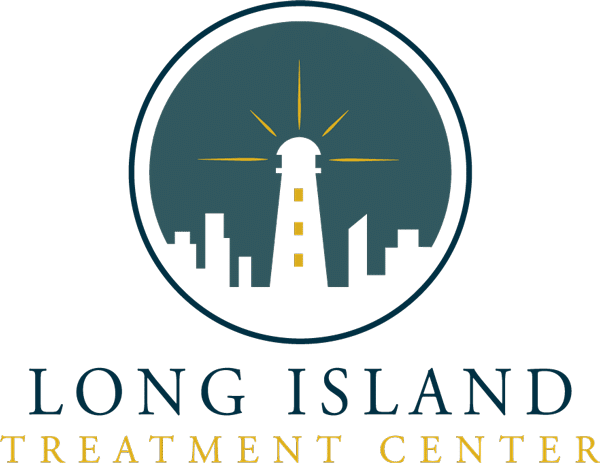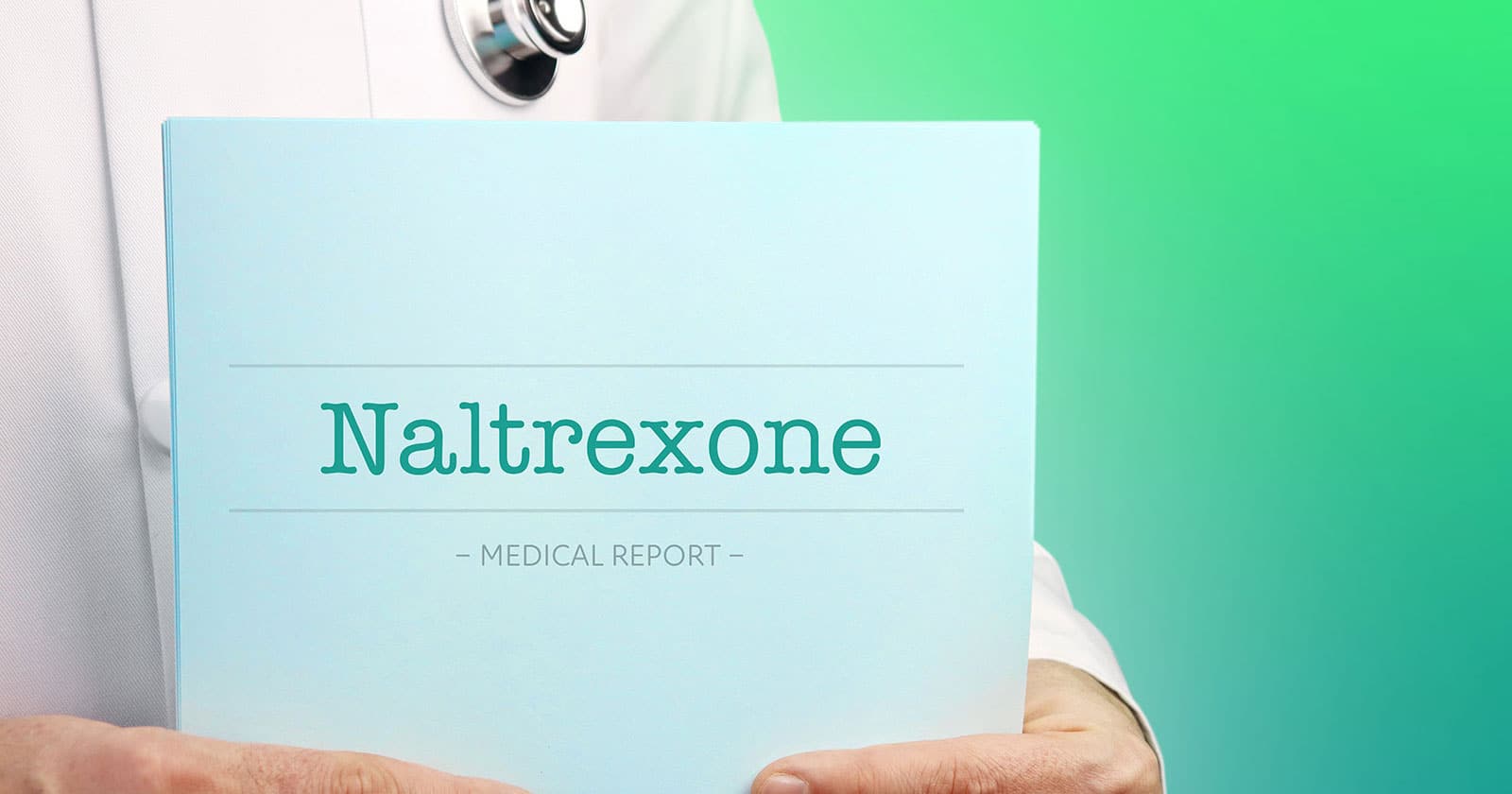Addiction is not a matter of weak willpower. It’s a physical and psychological disease that takes over your body and mind. Addiction rewires circuits throughout your brain and body to make you reliant on substances. It changes your body chemistry so that you have trouble functioning without the drugs.
Eliminating the drugs from your system during detox is the first step toward recovery. But your body, which has become dependent on the substances to feel normal, takes time to rebalance itself. Your cravings may be intense after detox. You may find it difficult to deal with your triggers.
Up to 70% of people who undergo addiction treatment relapse within 90 days. Therefore, relapse prevention is an essential aspect of rehab. Naltrexone injections in Long Island, New York, are a medication-assisted option for helping people with opioid use disorder or alcohol use disorder stay sober.
Table of Contents
- What are Naltrexone Injections?
- How Do Naltrexone Injections Work?
- Can You Drink or Use Drugs With Naltrexone?
- Are Naltrexone Injections Safe?
- Who Qualifies for Naltrexone Injections in Long Island?
- How to Get Naltrexone Treatment in Long Island: Prescription and Dosing Information
- Can Naltrexone Injections Replace Therapy?
What are Naltrexone Injections?
Naltrexone is a medication that is approved by the U.S. Food and Drug Administration, or FDA, to help people who are addicted to opioids or alcohol to remain drug-free. It must be prescribed by a licensed health care provider and is available in pill or injectable form.
Naltrexone injections are typically more effective than pills. Although the pills can be taken daily to produce sustained results, many patients forget to take them or neglect to take them consistently. Missing doses can lead to symptoms of dependence and cravings, which may end in relapse.
Injections are an extended-release version of the medication and are sold under the brand name Vivitrol. A 30-day dose is administered via a single injection. This ensures that the medication stays in the patient’s system. The patient doesn’t have to remember to take a pill; they simply visit their health care provider in Long Island once a month for the shot.

How Do Naltrexone Injections Work?
Naltrexone is an opioid receptor antagonist. It attaches to opioid receptors without stimulating them. By affixing themselves to the receptors, they block the space that the drugs would otherwise affect. Therefore, the naltrexone makes your body less reliant on alcohol and opioids without sending messages down the reward pathways that perpetuate the cycle of addiction.
Vivitrol injections work in the following ways:
- They block the euphoric effects of opioid drugs and alcohol.
- They decrease cravings for alcohol and opioids.
- They discourage further consumption of drugs or alcohol if you relapse.
You might wonder how naltrexone works for alcohol use disorder if it acts on the opioid system. When you drink alcohol, you release natural opioids that affect the receptors in that system. Naltrexone blocks this effect and suppresses the stimulation of dopamine neurons.
Don’t confuse naltrexone with suboxone or methadone. These are medications that are used to manage symptoms and cravings while a patient is in withdrawal. Naltrexone treatment begins after the initial detox and withdrawal period.
Can You Drink or Use Drugs With Naltrexone?
Although naltrexone injections reduce cravings for drugs and alcohol, they’re not a magical solution. Many people in Long Island lose the urge to use substances while they’re taking Vivitrol. But the medication can’t stop you from engaging in behaviors that lead to using.
You might find that you relapse because you’re in a social situation that triggers you or you have trouble coping with an intense experience. Some people who don’t want to stop drinking altogether may wonder if taking naltrexone will allow them to drink in moderation.

In most cases, it’s safe to drink moderately while you’re taking Vivitrol. However, you won’t feel the “happy buzz” from the alcohol. Without that distinctive euphoria, you may not even feel drunk. Therefore, many people don’t get any value from drinking on Vivitrol.
It’s important to note that your body will still express the effects of alcohol when it comes to coordination, motor skills and judgment. Therefore, you should take the same precautions as you would when drinking without naltrexone. Don’t operate heavy machinery, drive a car or put yourself in risky situations.
Naltrexone also blocks the euphoric effects of opioids. Although you won’t feel high, your body will have a lower tolerance to opioids. In fact, naltrexone makes you more vulnerable to an opioid overdose from lower doses of the drugs than you might be used to. This susceptibility persists even after you stop taking naltrexone. Therefore, you should avoid taking any narcotics, including heroin and prescription opioids, during and after Vivitrol treatment.
Are Naltrexone Injections Safe?
Vivitrol is usually well-tolerated by people who have been cleared as good candidates by their health care provider. However, as with any medication, naltrexone injections have some risks, including the following:
- Bruising or tenderness at the injection site
- Digestive distress
- Headaches
- Dizziness
- Muscle cramps
- Appetite changes
- Mood changes
- Liver damage
- Suicidal thoughts
- Overdose
- Interactions with other medications
Many of these side effects are mild or rare. They may be similar to the side effects that you may experience from other medications. Vivitrol is not known to cause weight gain, and it’s not addictive. You’ll work with your care provider to ensure that you’re a good candidate for naltrexone injections.
Make sure that you’re open with your prescriber about your mood, mental health, physical symptoms and other medications. They may recommend blood tests to ensure that naltrexone is safe for you. Heavy alcohol and opioid use can take a toll on your health, and you need to be healthy enough to take Vivitrol.
Naltrexone can affect your mood. Research has found that it can contribute to depression. It also reduces feelings of social connection. However, it may improve negative emotional processing, helping you to cope with intense feelings and respond with healthy behaviors.

People with certain vitamin deficiencies, medical conditions and existing organ damage may not be ideal candidates for the injections. You should also let other health care providers or laboratory personnel know that you’re taking naltrexone if you have to have a medical procedure or lab test.
Who Qualifies for Naltrexone Injections in Long Island?
Individuals who are physically dependent on opioids, alcohol or both substances are good candidates for this type of treatment. It’s available to people ages 18 and over and is often offered to patients who are leaving detox or rehab. It’s also available to individuals who are struggling with cravings at any point in their recovery.
If other treatments haven’t worked or you are at a high risk of relapse, Vivitrol may be a valuable option for you. However, the medication is less effective if you drink or use opioids within 7 to 10 days before you receive the injection. If your health care provider determines that you might benefit from naltrexone before you have been abstinent for this long, they may prescribe pills first.
The best candidates for this type of treatment are also undergoing other forms of substance abuse treatment. A prior relapse doesn’t necessarily mean that your treatment wasn’t effective. Relapse is part of the recovery process, and exploring various treatment approaches can help you understand why it happened and prevent it from occurring again. When you combine other forms of therapy with Vivitrol, you may have the best chances of avoiding relapse again.
How to Get Naltrexone Treatment in Long Island: Prescription and Dosing Information
Seeking help for a substance abuse disorder is a brave step toward your recovery. If you’re working with a mental health professional or treatment facility, ask whether naltrexone injections are an appropriate option for you. You may get the injections while you’re in inpatient care, outpatient care or a sober living facility. They may be administered at the rehab facility or by another clinician.
The extended-release injections usually contain 380 milligrams of naltrexone and are administered about once a month. You’ll need to make an appointment with a clinician that offers this service. The shot is delivered into the gluteal muscle. The medication is designed to be released slowly over the course of 30 days.

Can Naltrexone Injections Replace Therapy?
There are many effective treatments for substance abuse disorder. To treat addiction successfully, you have to address the emotional, mental, historical, biological, behavioral and physical aspects of the disease. Vivitrol addresses some of the physical and biological elements of addiction. However, you should receive support to manage the other factors that play into your substance abuse disorder.
At Long Island Treatment Center, we offer a wide variety of treatment options so that our patients can customize their care. Contact us if you’re struggling with substance abuse disorder and want to find a comprehensive program that works for you. We can help you get on the path to recovery and stay there.


